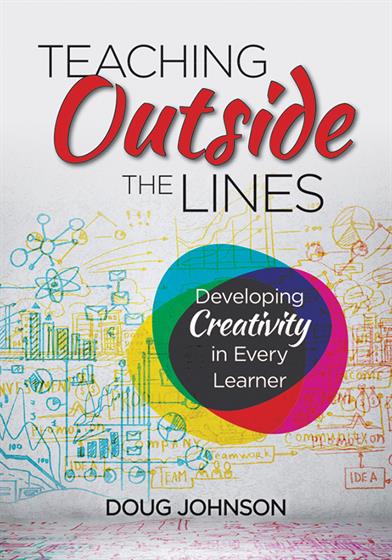Description
Make Creativity The Core Of The Curriculum!
Ignoring creativity is a crisis-in-waiting. But in today’s economy, the ability to think independently and innovatively is no longer a “nice extra”—it’s a survival skill.
This book addresses the difficulties of integrating real creativity into the curriculum, and delivers surefire strategies for equipping learners across all grades and subjects with the motivation and critical thinking skills to thrive in a high-tech future.
Content includes:
- Why “one right answer” instruction paradigms discourage critical thinking and risk-taking
- Why using the latest technology does not equate to teaching creatively
- Projects and Prompts that ask “So what does this mean in the classroom today?”
Don’t wait another day to begin teaching your students this valuable skill. With this book, you’ll turn your classroom into a hotbed of creativity populated by tomorrow’s innovators.
"Classroom creativity is essential for lifelong success, and the author develops a compelling argument to teaching students how to do more than respond to standardized test questions. Appropriate for team discussions at every school level and even for parent groups, this book can be used to increase student performance and give students the skills they will use all their lives."
—Christopher Wells, Educational and Instructional Technology Consultant
BrightScribe, Inc.
?
"Johnson offers a succinct, incisive look at fostering creativity in the classroom. He nimbly weaves the value of inspiring creativity with the necessity of teaching craftsmanship (content knowledge, skills, and practice). With well-researched reasoning, practical examples, and insightful questions, Johnson engages readers in thoughtful reflection about educational purpose and methodology.”
—Debbie Silver, Author of Deliberate Optimism: Reclaiming the Joy in Education
Key features
Each chapter includes section thought and action provoking lists for consideration that address “So what does this mean in the classroom today?” to offer practical take-aways from that chapter.
Each chapter has call-outs of significant quotes about the topic.
The chapters also include numerous examples. Chapters conclude with discussion questions.


